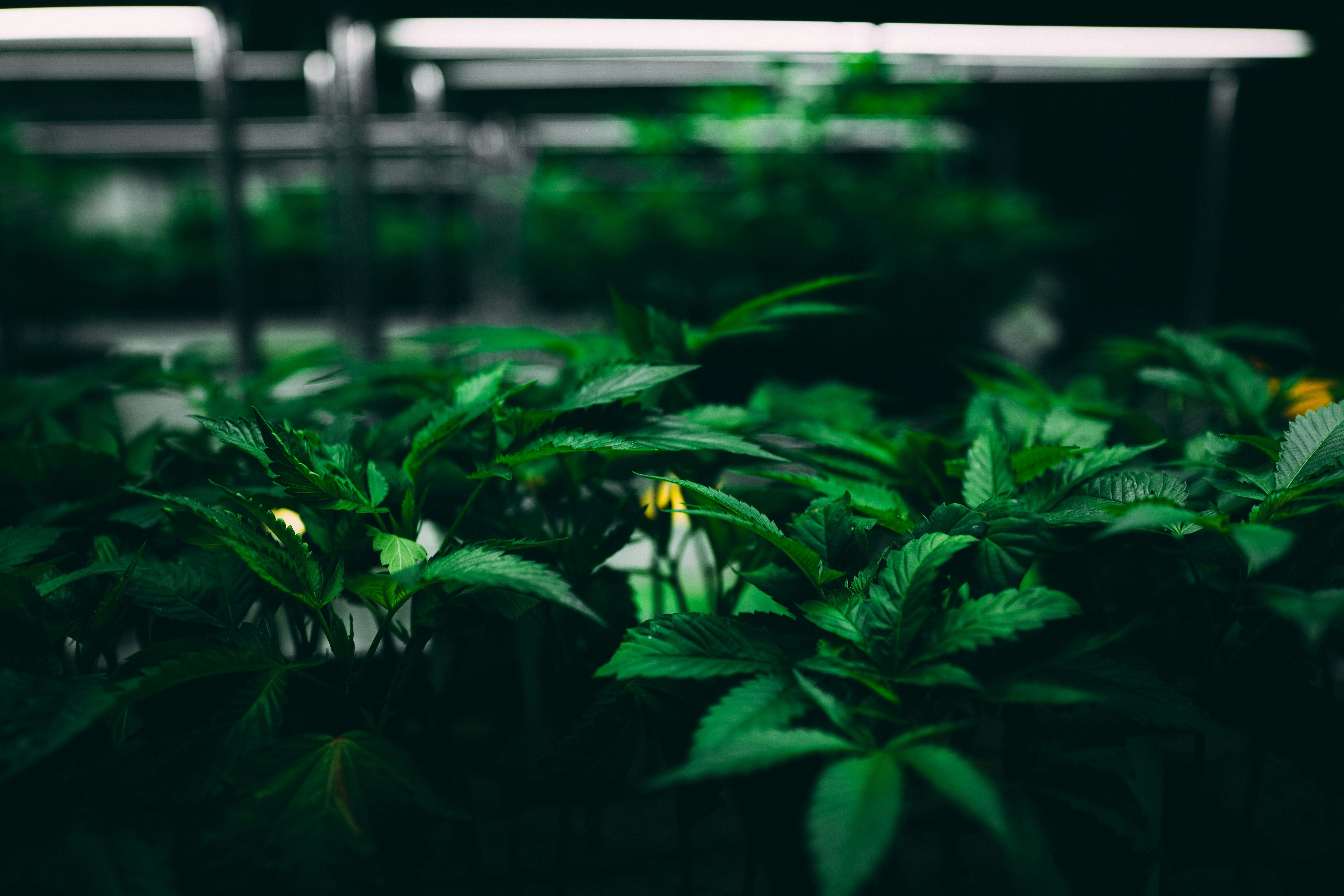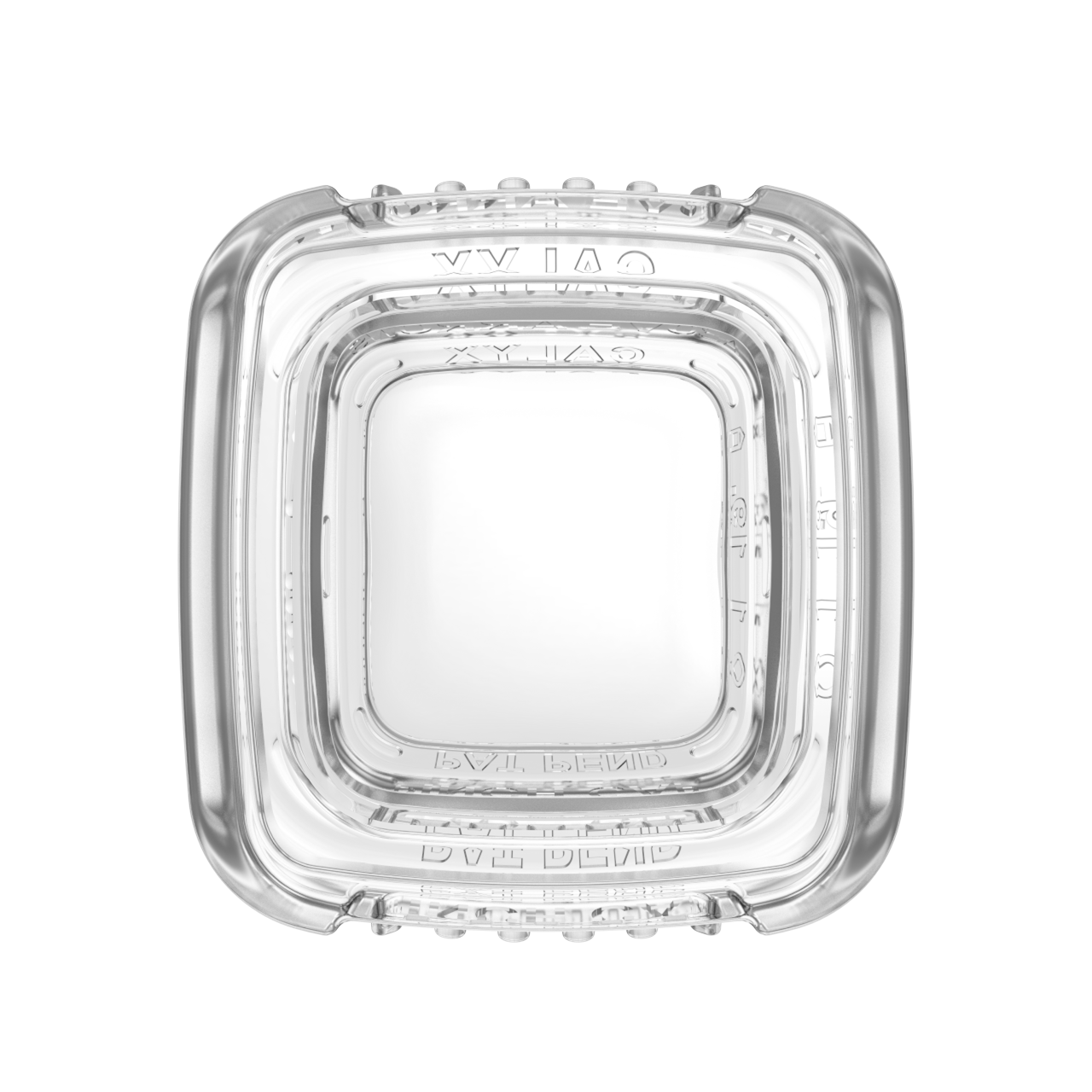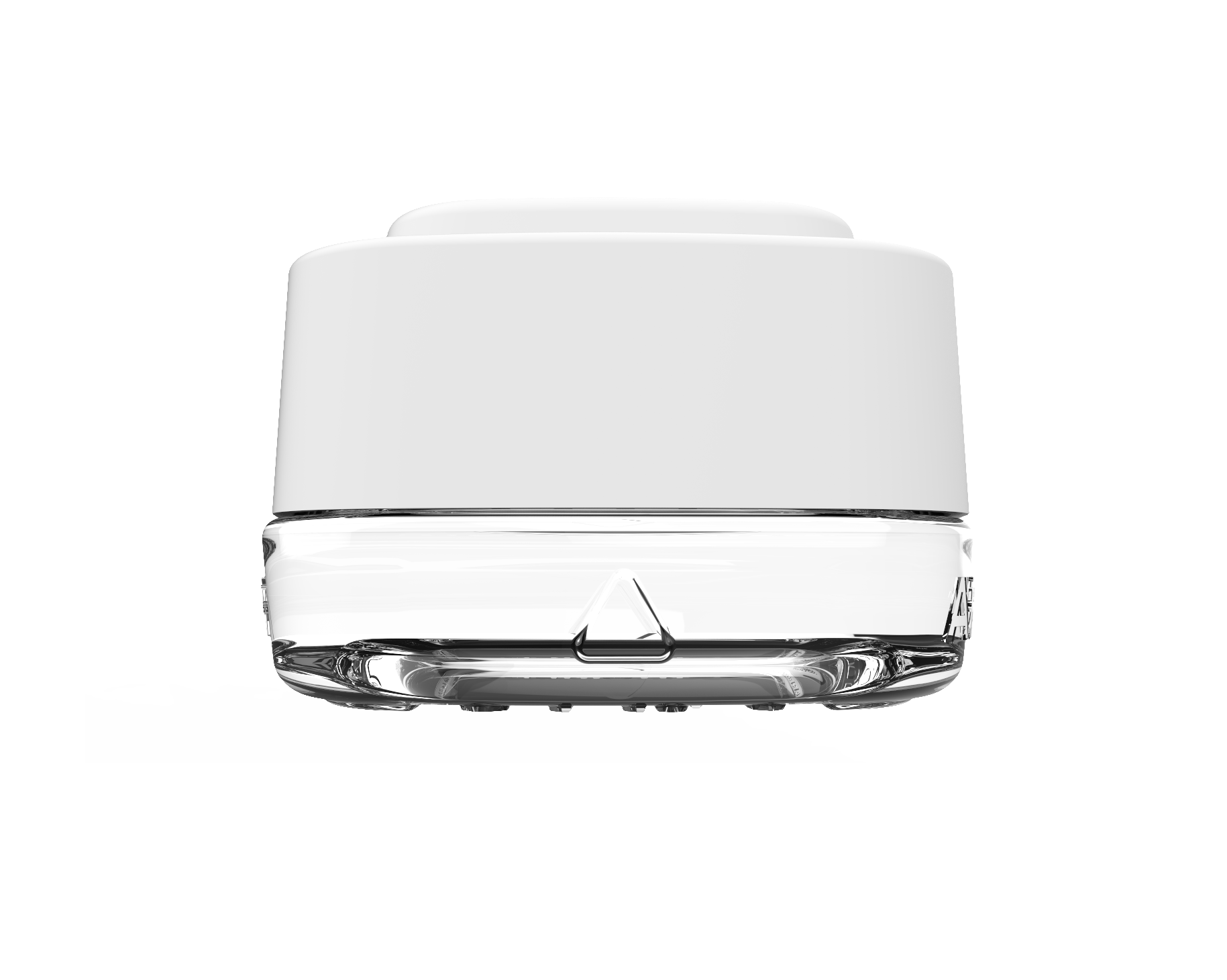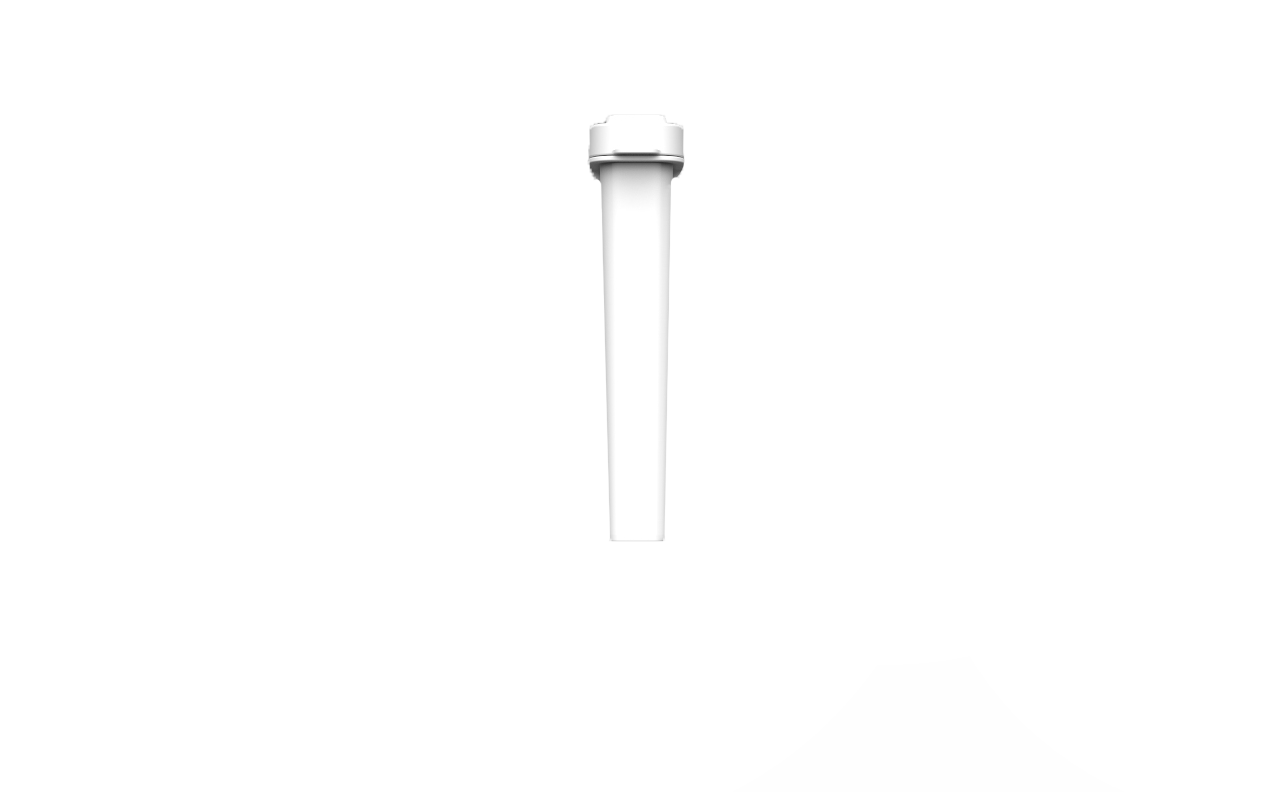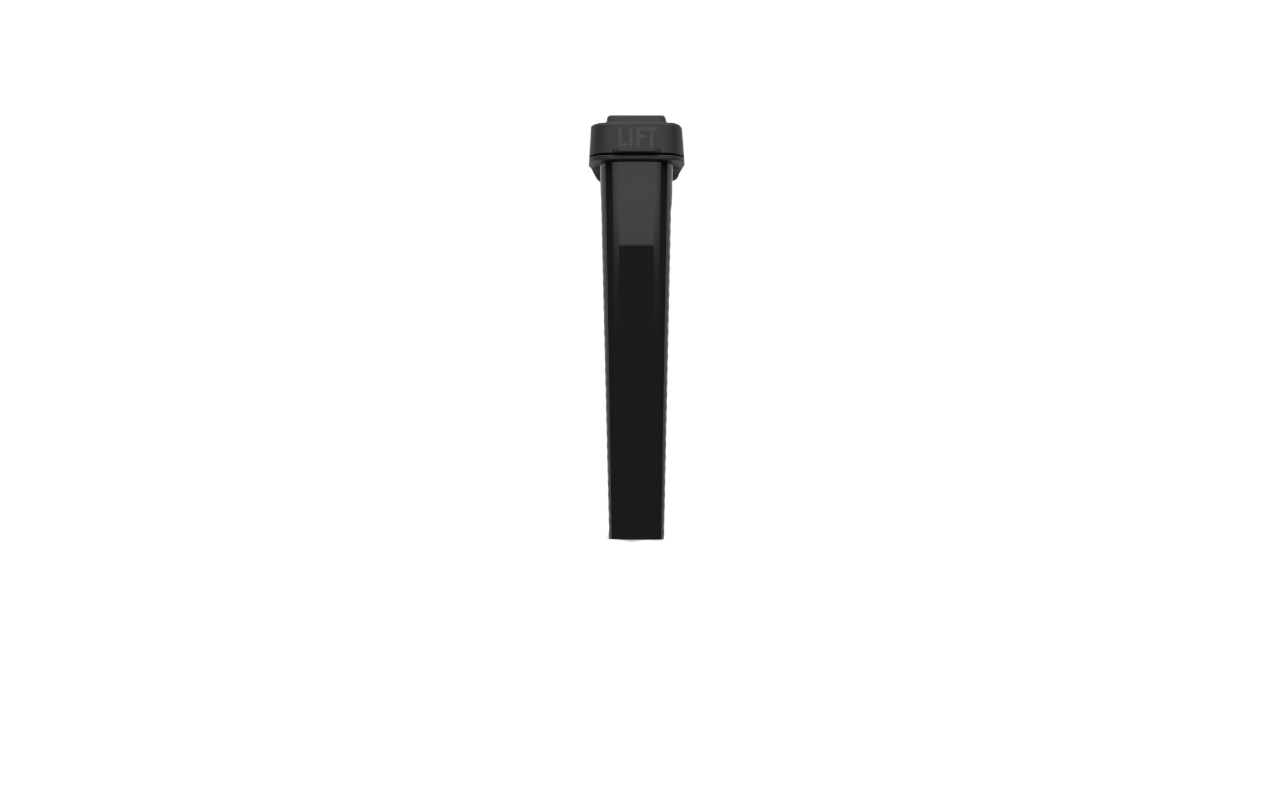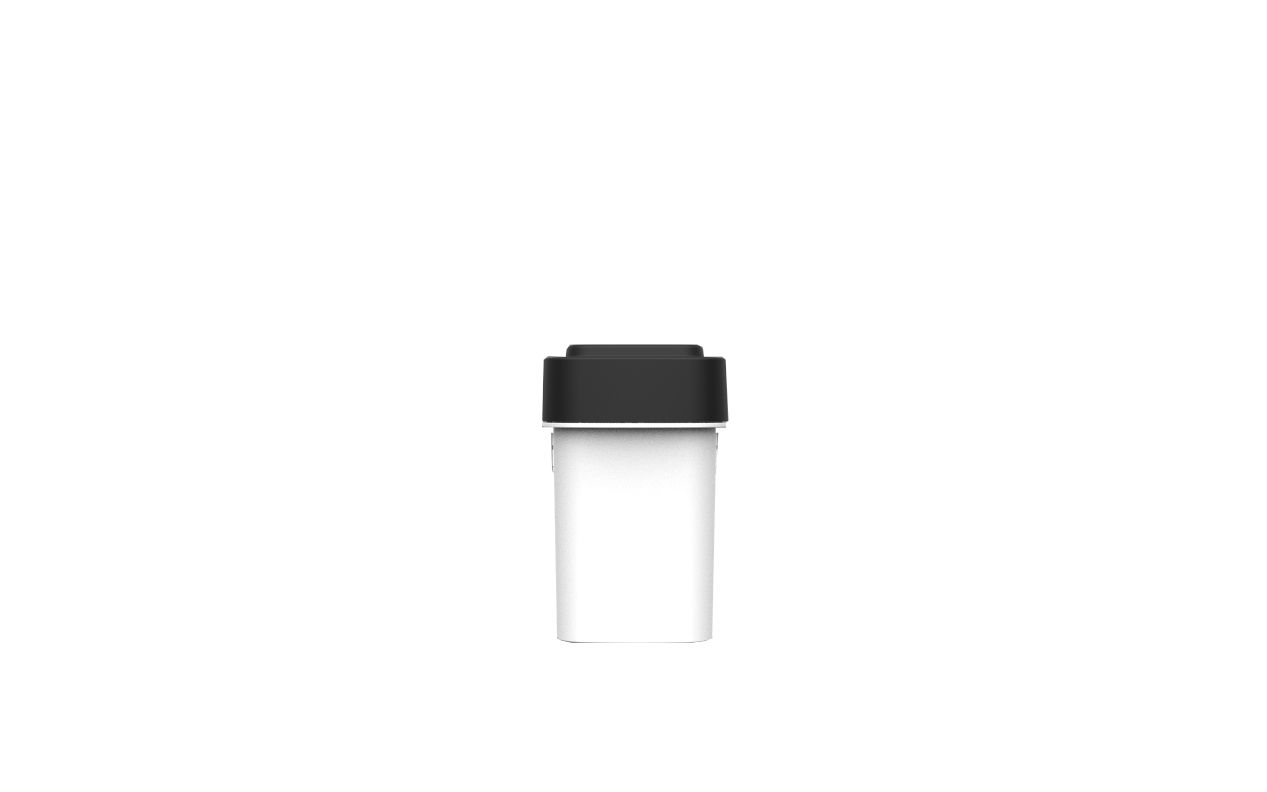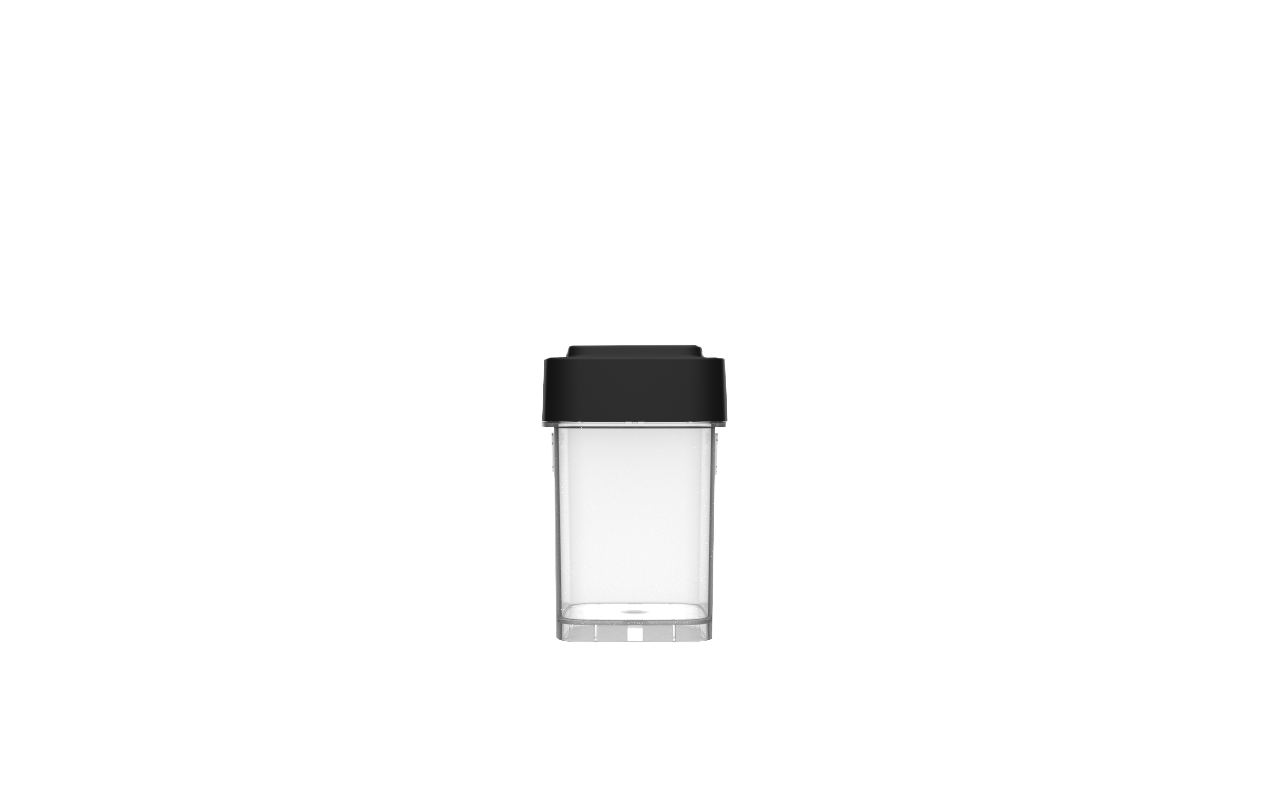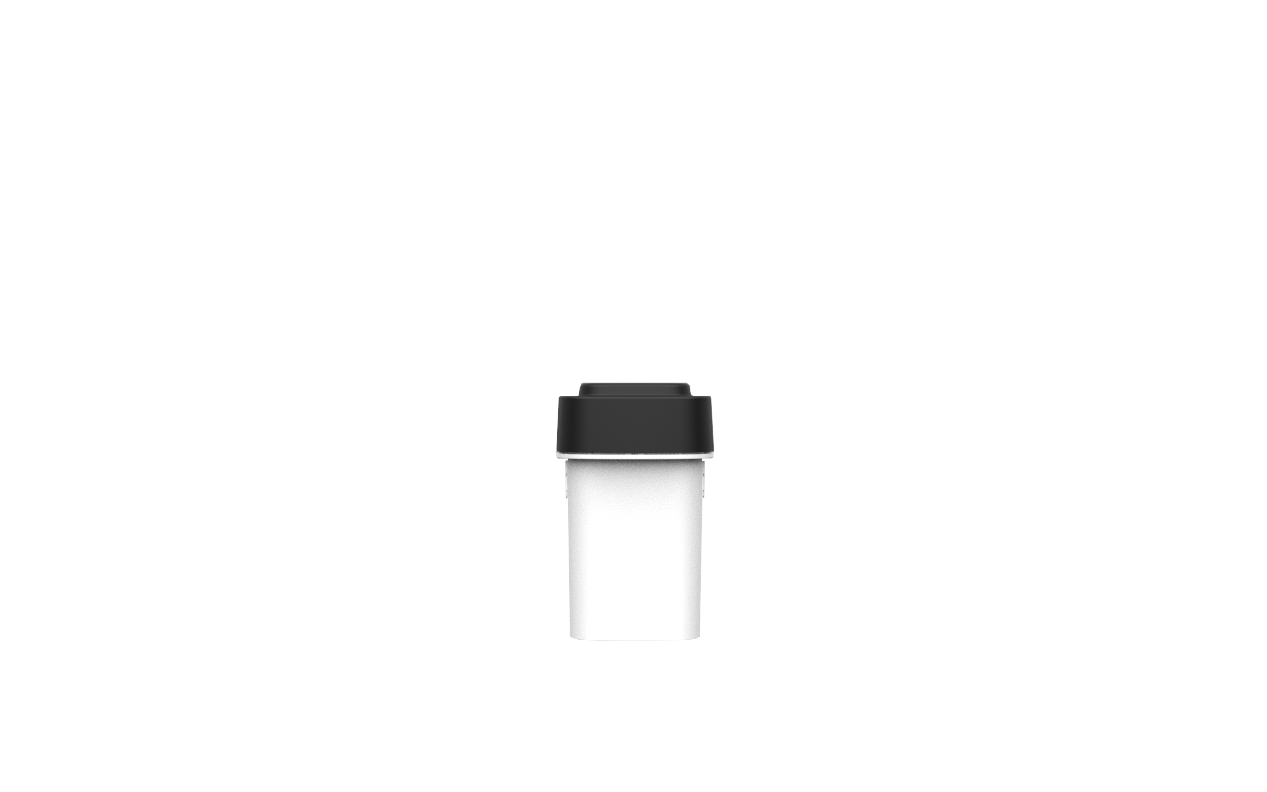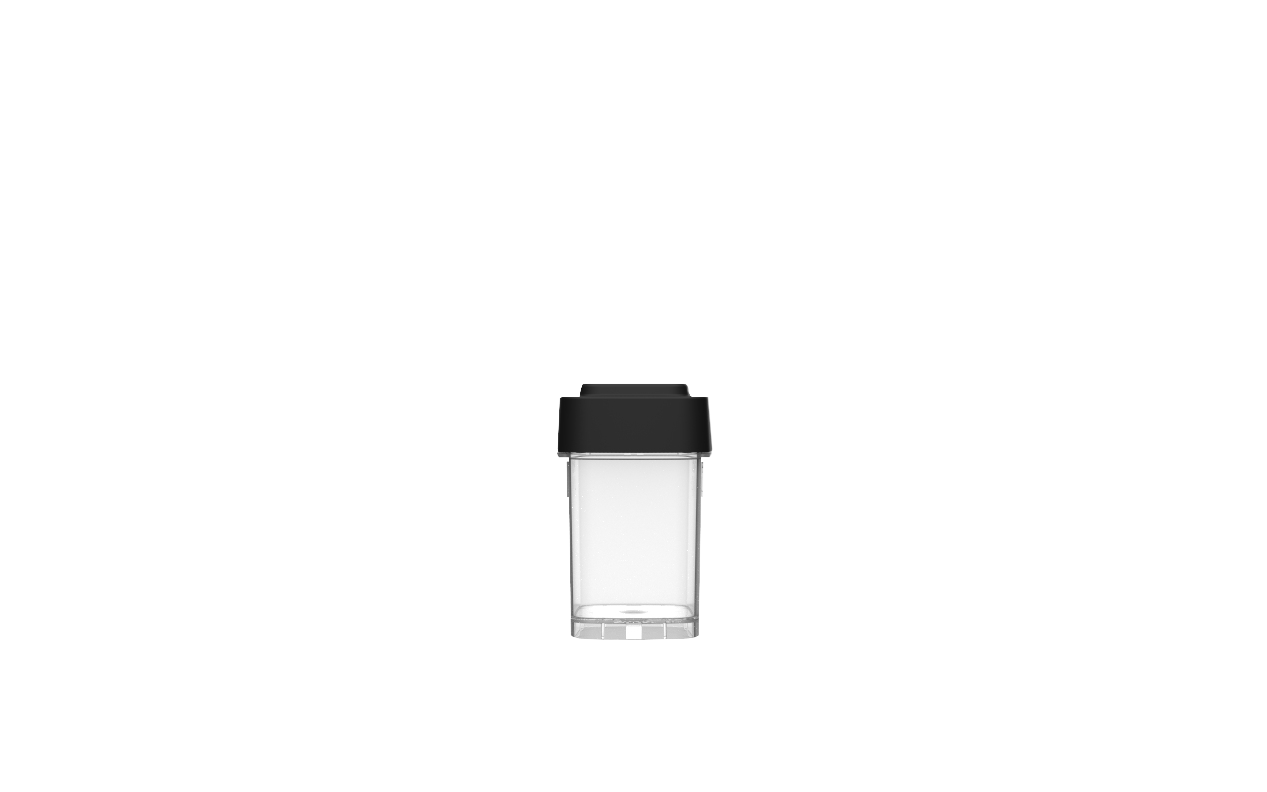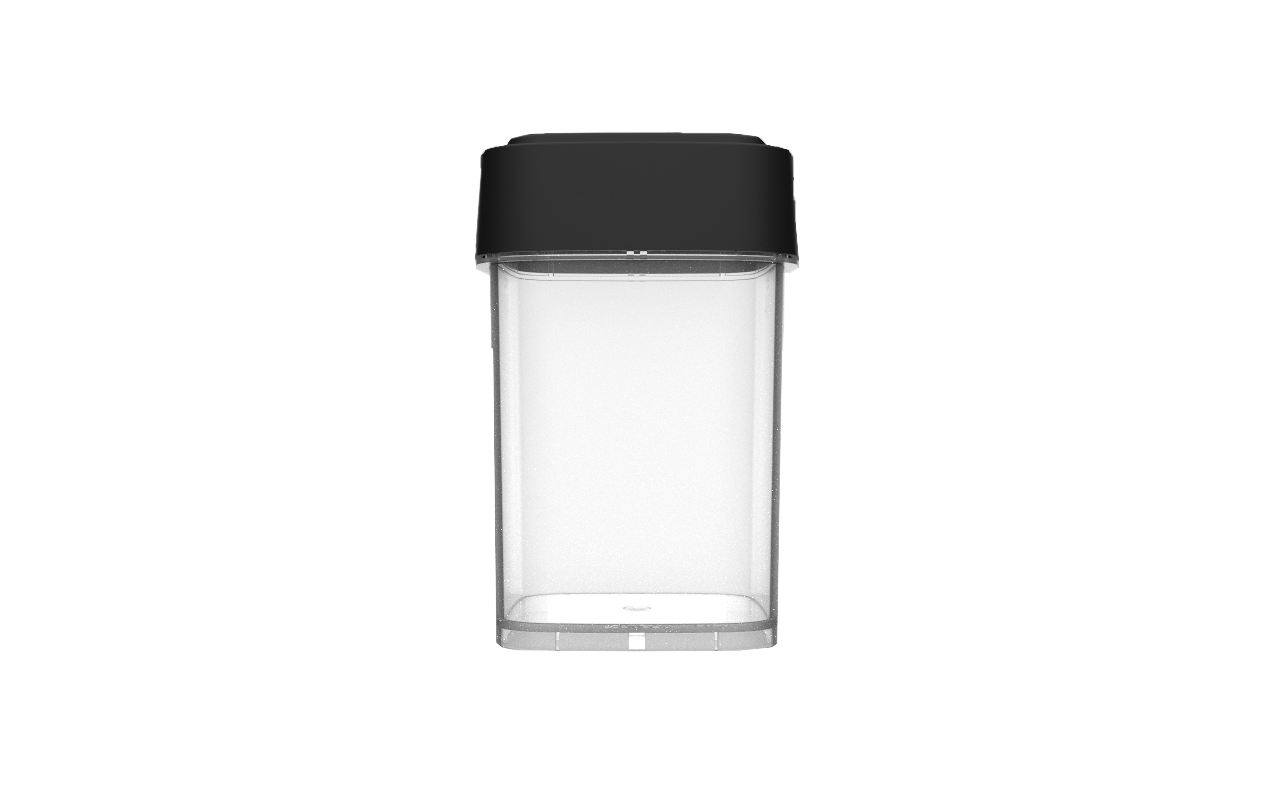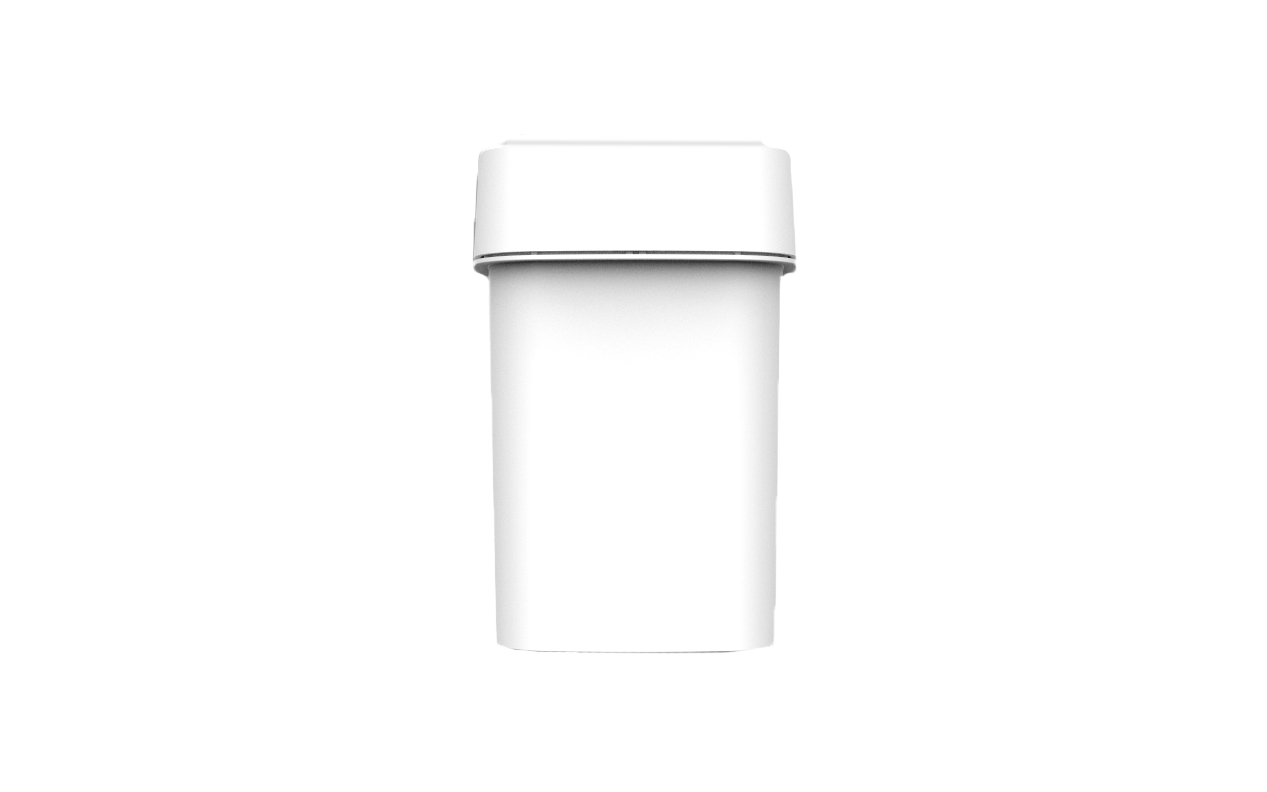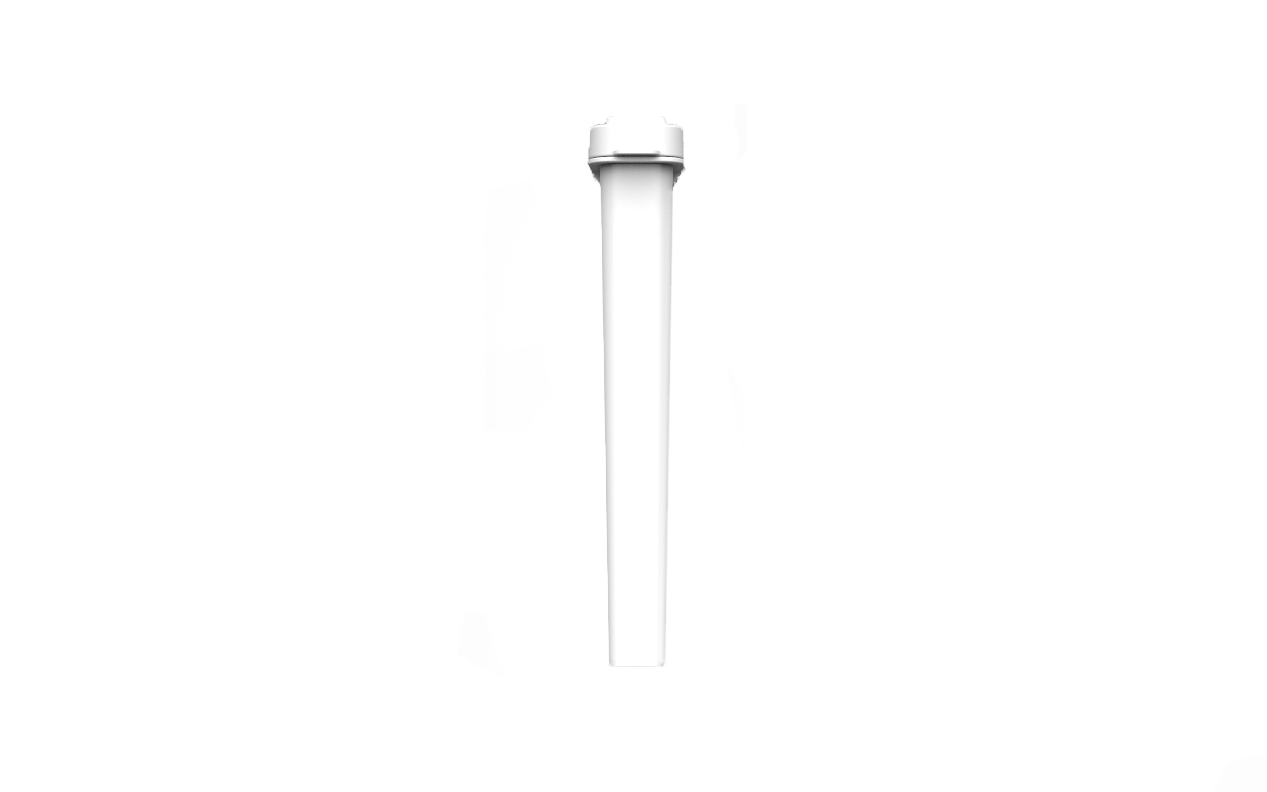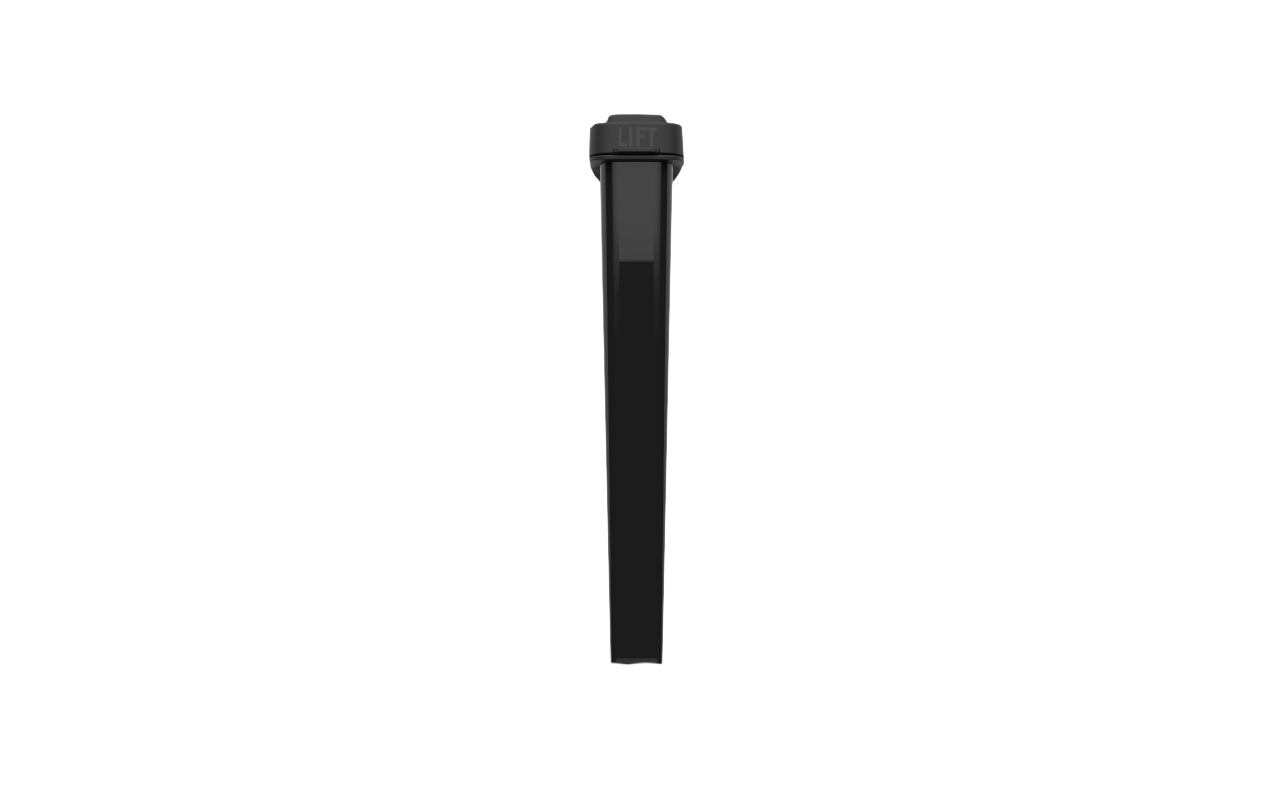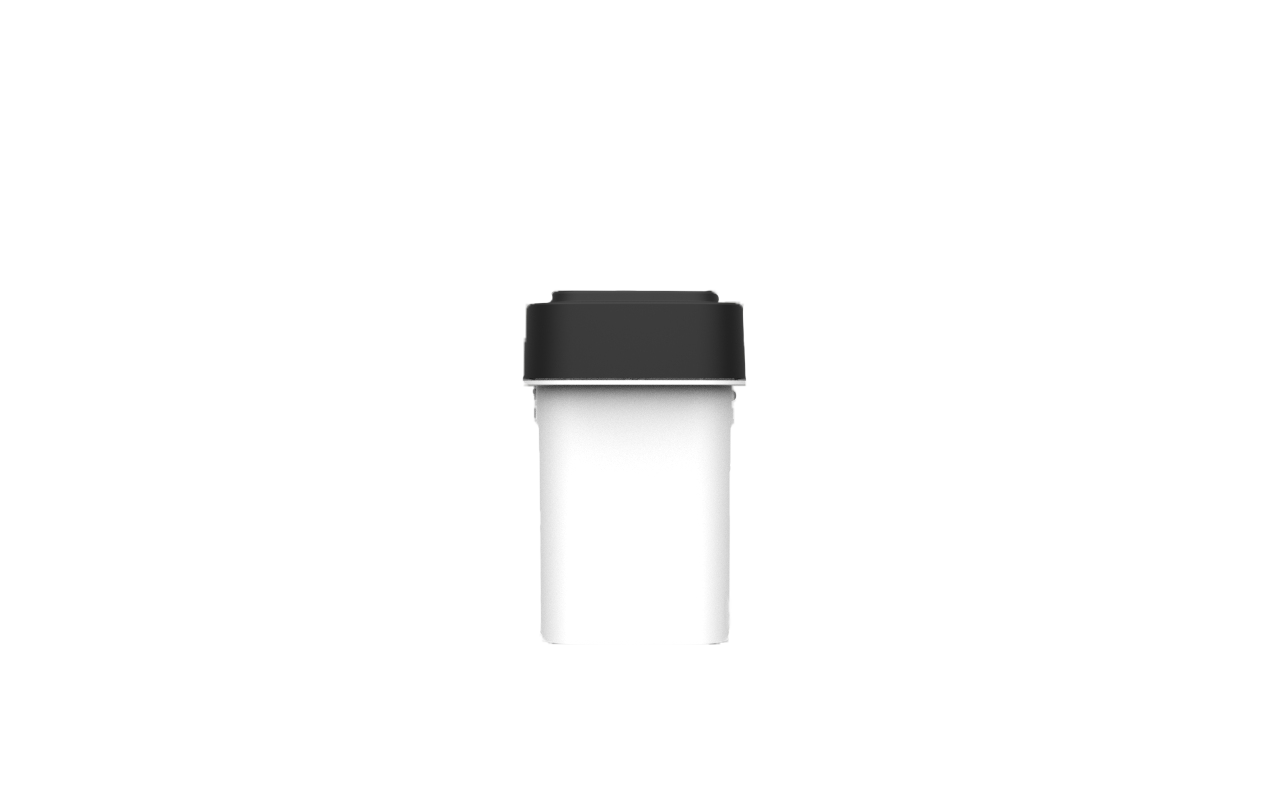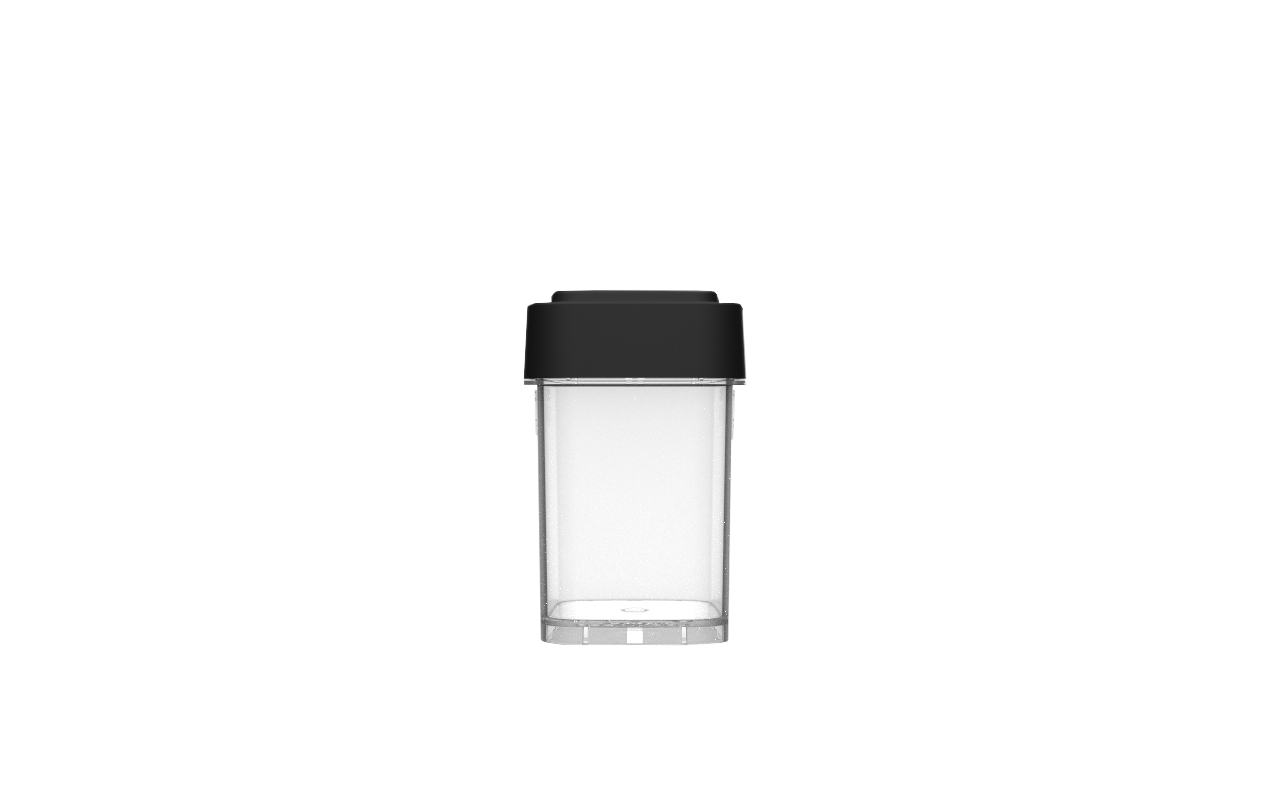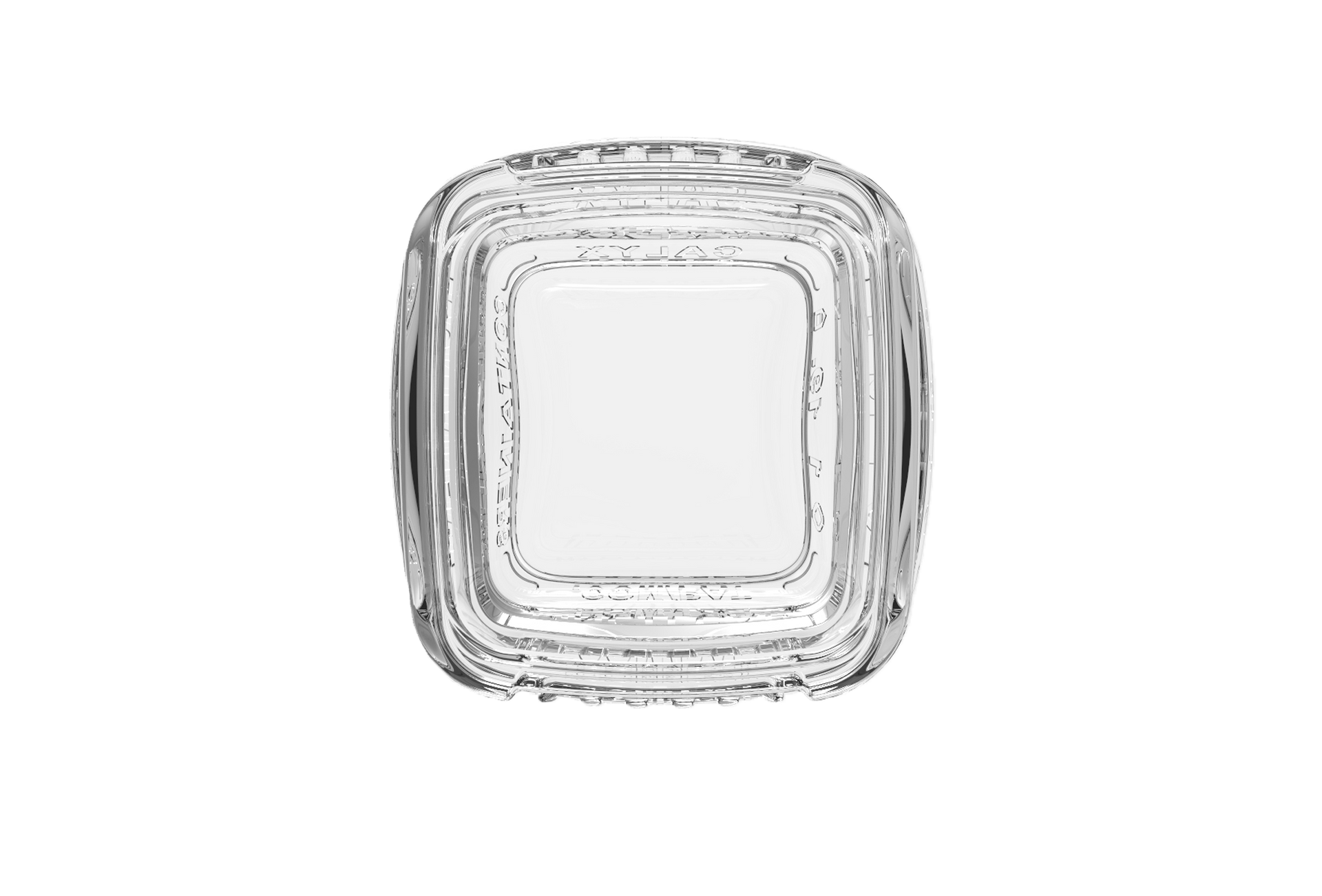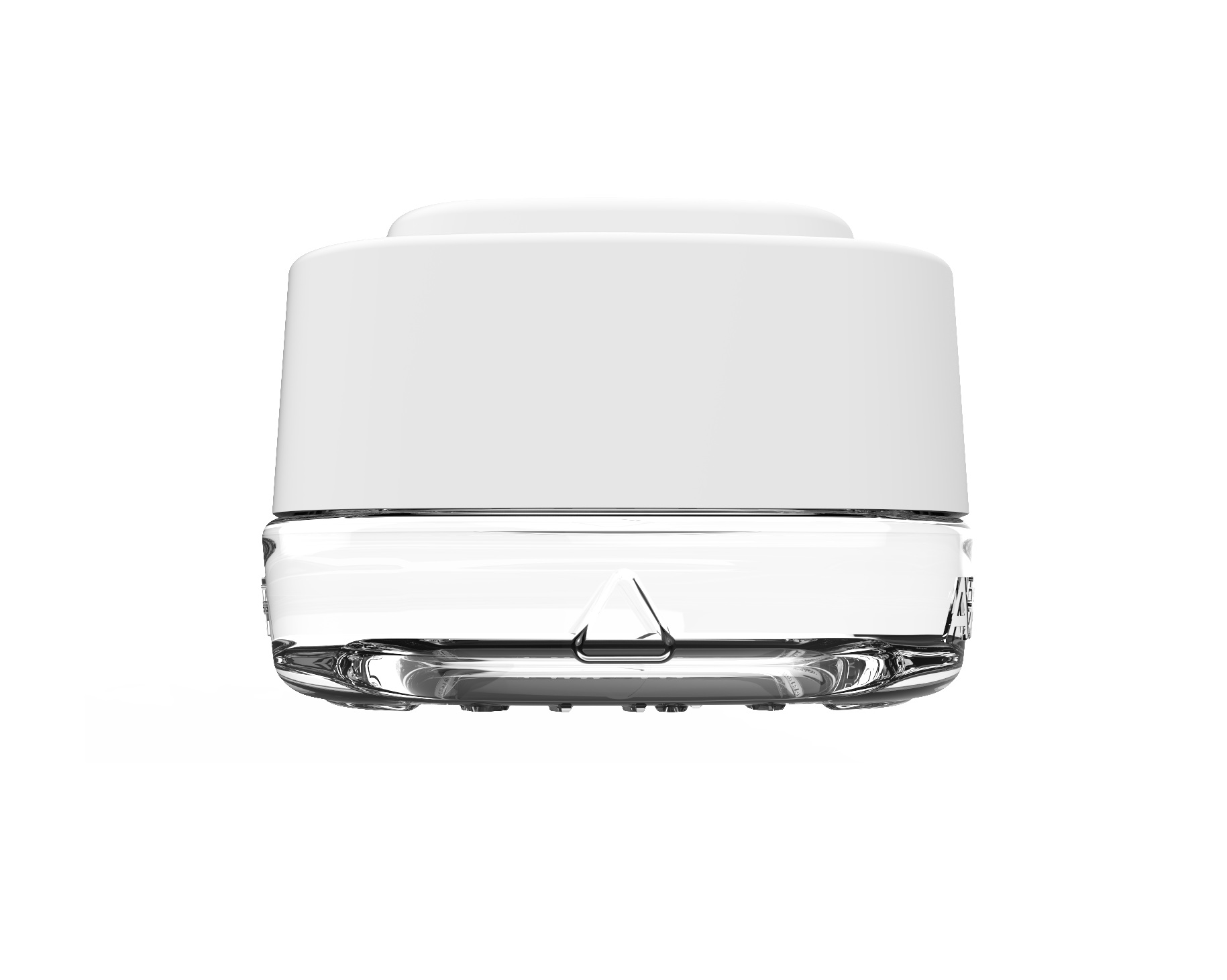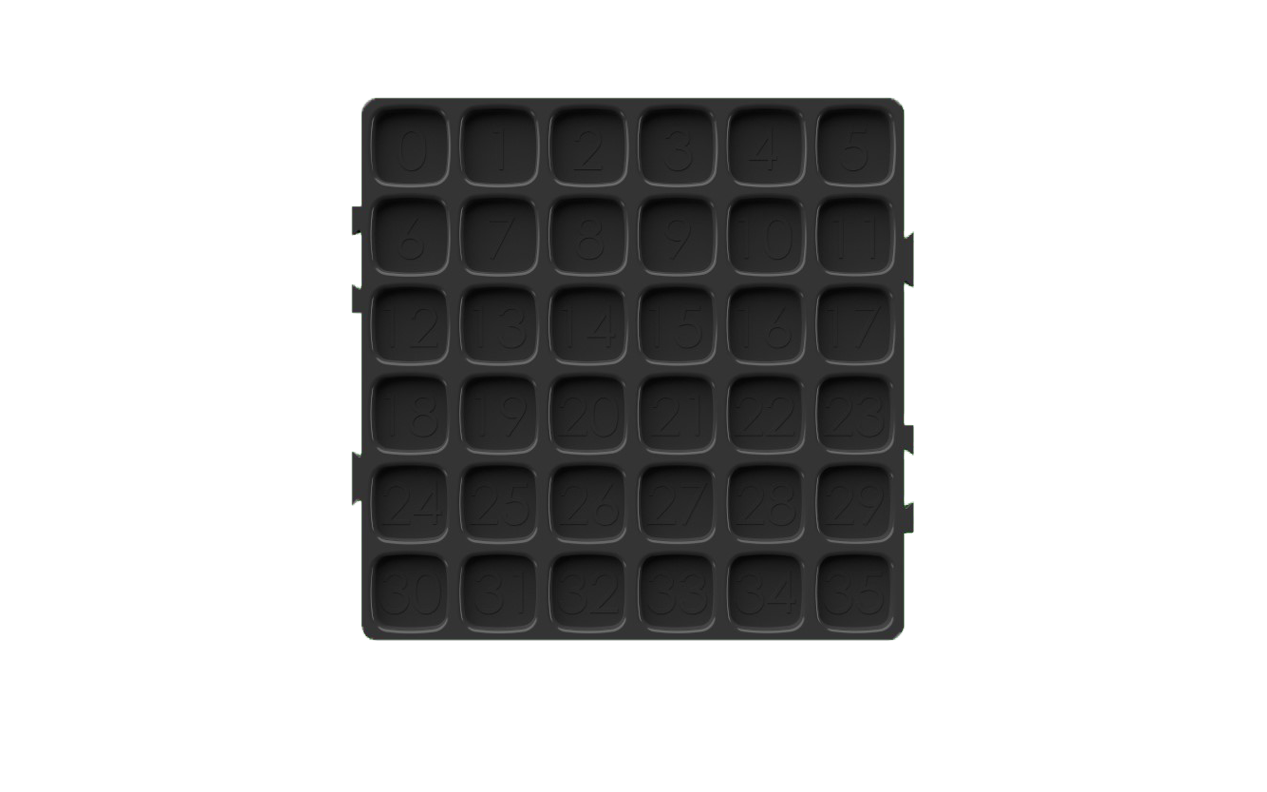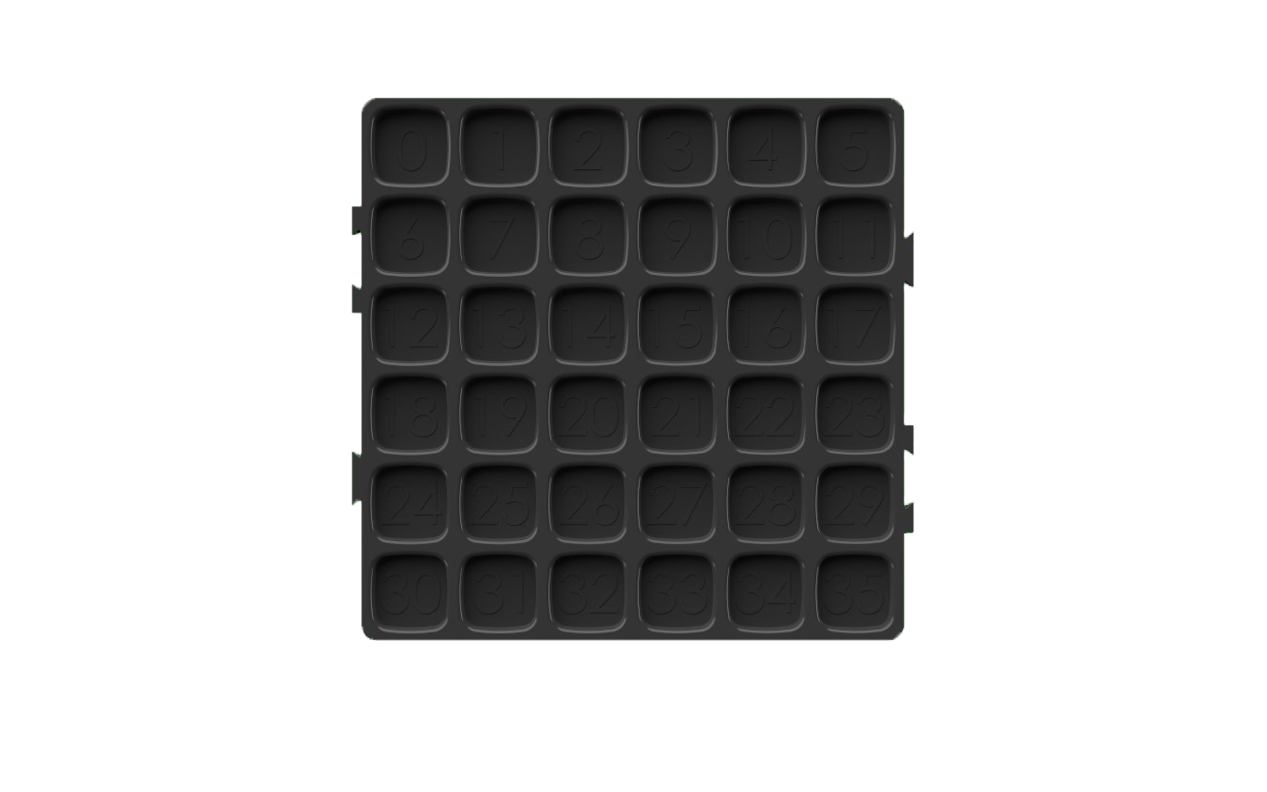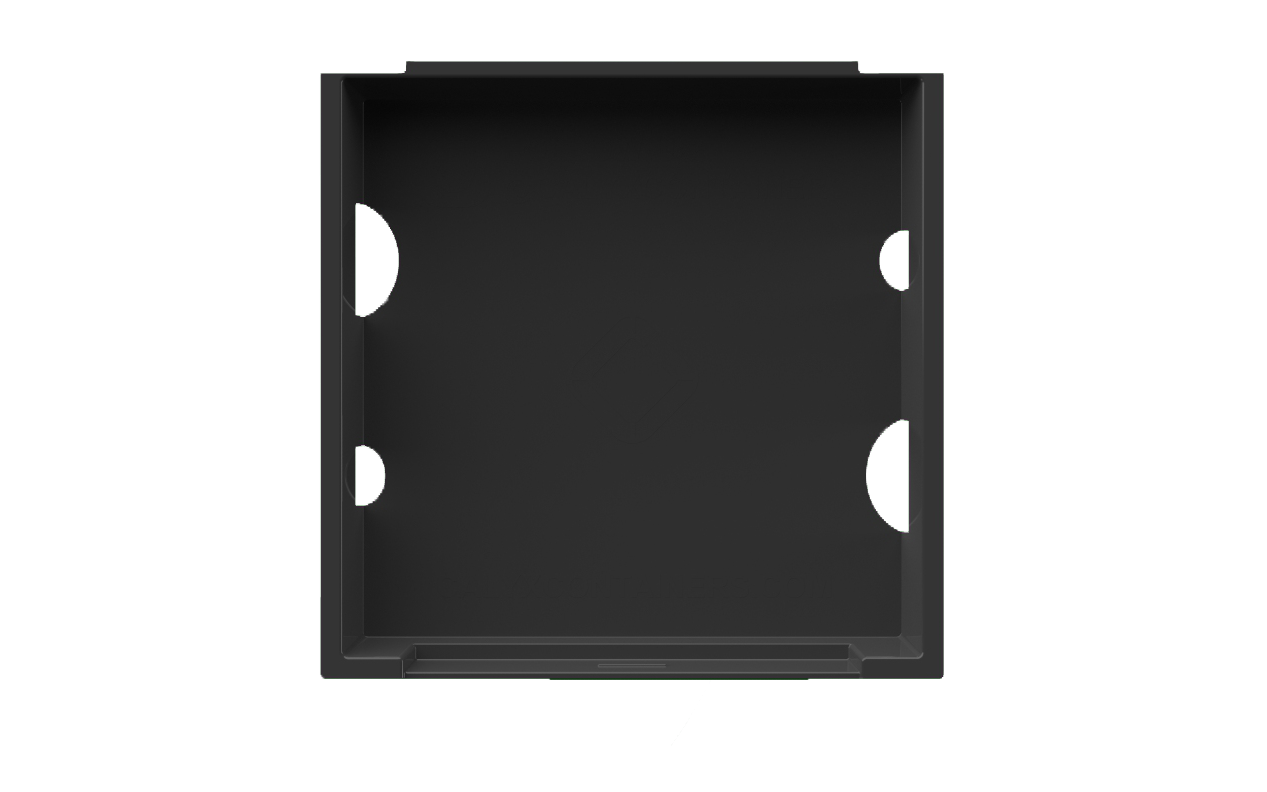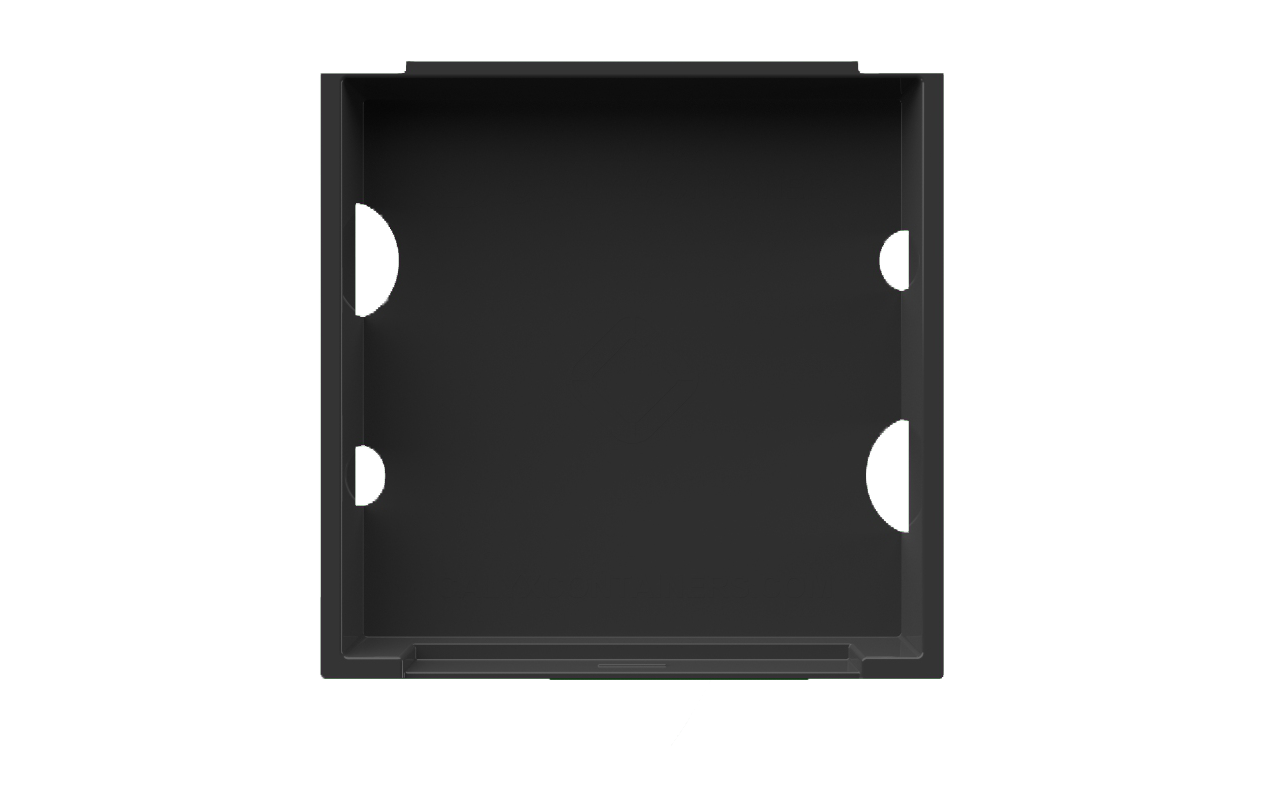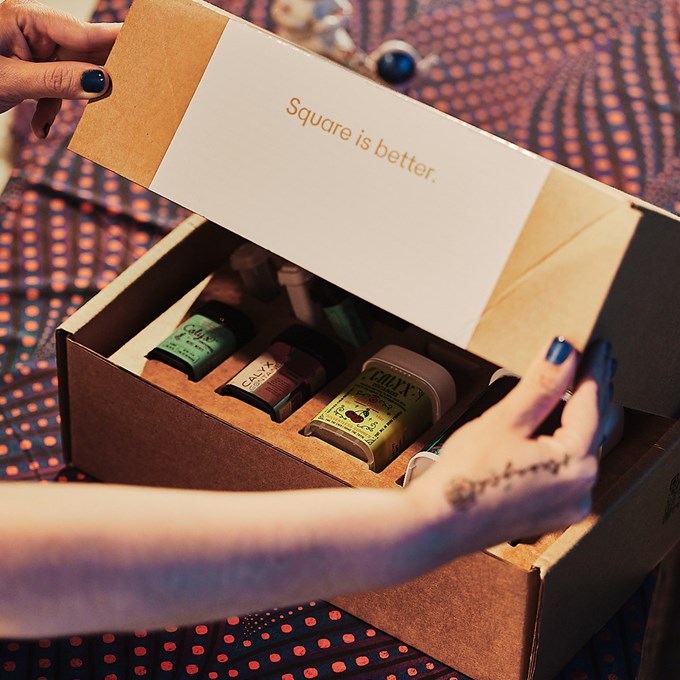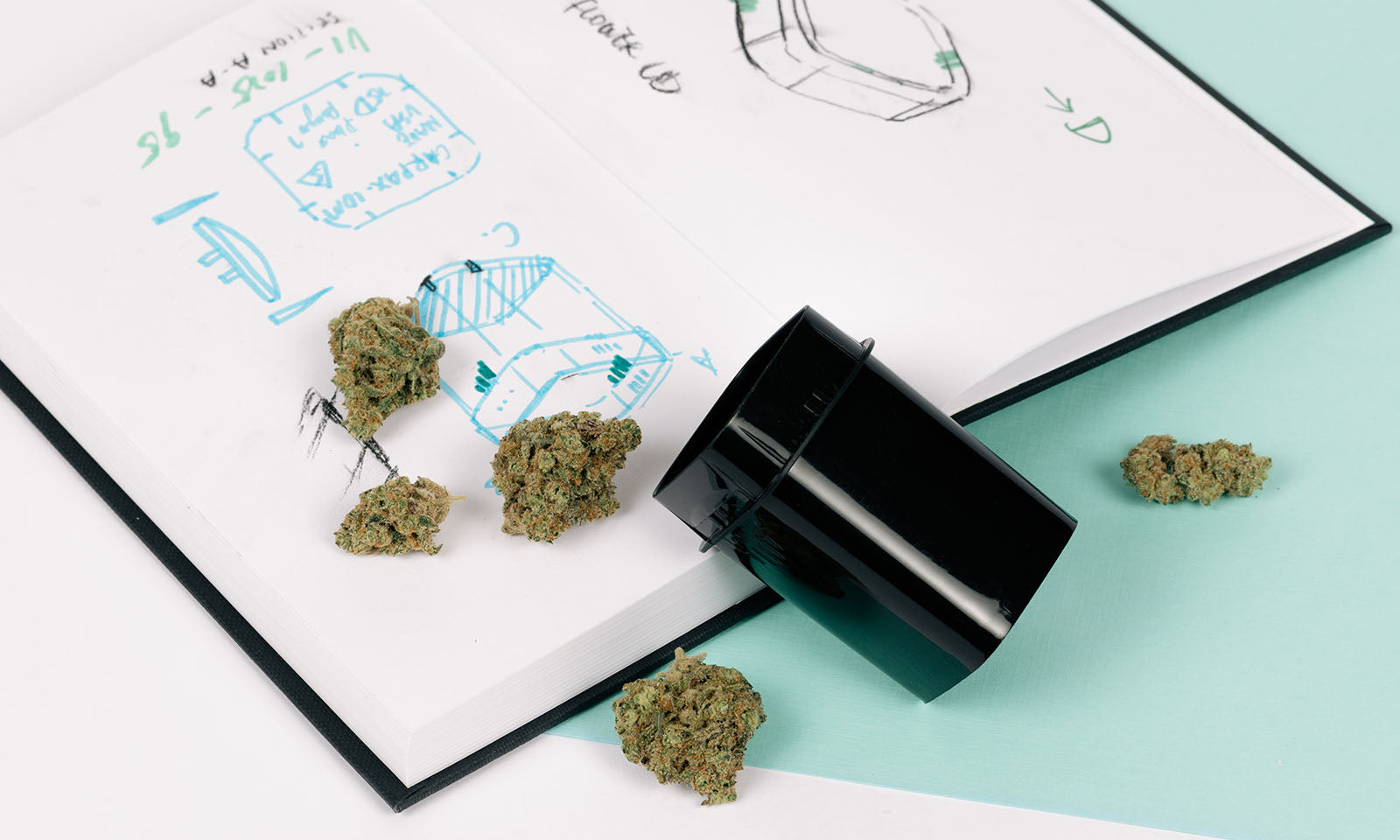Cannabis doesn’t go from seed to dispensary-ready bud overnight. Behind every eighth, pre-roll, or cannabis package of premium flower is months of work—carefully executed steps that determine how potent, flavorful, and long-lasting the final product will be.
For growers, understanding these seven stages of the cannabis life cycle is crucial to producing consistent, top-tier flower. For consumers, knowing what happens during each stage explains why some cannabis tastes richer, burns smoother, and holds its freshness longer.
In this guide, we’ll explore the full journey—from germination to retail-ready packaging—and show how cannabis curing, curing bags, packaging, and labels protect the quality and highlight the brand cultivators spend months creating.
Stage 1: Seedling Stage (2–3 Weeks)
Every cannabis plant starts with a seed (for sake of this blog focus-we understand clones are also an option), but not every seedling grows into a high-yielding, potent plant. The seedling stage is where everything begins, laying the foundation for future growth.
What Happens During the Seedling Stage:
- The seed splits open, sending a taproot into the soil or growing medium.
- The first leaves (cotyledons) form, collecting energy through light exposure.
- Roots begin to establish, anchoring the plant and enabling nutrient absorption.
Why It Matters:
Strong seedlings develop into robust plants. Stress early on—such as overwatering, improper lighting, or unstable humidity—can lead to weaker plants and lower yields later in the cycle.
Ideal Environment:
- Light: 18–24 hours of soft, steady light each day.
- Humidity: 65–70% RH to prevent the delicate plant from drying out.
- Temperature: A consistent 68–77°F, avoiding drastic swings.
While the seedling stage is short, any mistakes here can echo throughout the rest of the plant’s life cycle.
Stage 2: Vegetative Growth (4–8 Weeks)
Once established, cannabis plants enter their vegetative stage, a period of explosive growth where size, structure, and potential yield are built.
What Happens During Vegetative Growth:
- Plants develop rapidly, adding height, width, and foliage.
- Growers prune, top, and train plants to maximize airflow and light exposure.
- Nitrogen-rich nutrients are prioritized to fuel development.
Why It Matters:
The vegetative stage determines how many bud sites (future flowers) will develop and how sturdy the branches will be to support heavy colas during flowering. Poorly managed vegetation can lead to airflow problems, weak stems, or underdeveloped plants.
Ideal Environment:
- Light: 18–24 hours of bright, consistent light.
- Humidity: 50–70% RH to promote vigorous growth.
- Temperature: 68–77°F, with strong but indirect airflow to prevent mold.
A healthy vegetative stage doesn’t guarantee high yields, but a weak one almost always guarantees disappointment.
Stage 3: Flowering (6–10 Weeks)
This is where cannabis begins to resemble the product consumers recognize—dense buds, sticky trichomes, and aromatic terpenes come to life.
What Happens During Flowering:
- Light schedules change indoors (12 hours light, 12 hours darkness) to trigger bud development.
- Trichomes—the tiny, crystal-like structures containing THC, CBD, and terpenes—develop across buds and sugar leaves.
- Terpenes emerge, giving each strain its unique scent and flavor (citrus, pine, berry, or diesel).
Why It Matters:
Flowering is when the plant’s potency, aroma, and overall market value are largely set. Stress here like humidity spikes, pests, nutrient issues can destroy months of work.
Ideal Environment:
- Humidity: Reduced gradually to 40–50% RH to prevent bud rot.
- Temperature: 65–75°F to maintain trichome integrity.
- Monitoring: Trichome color (clear to cloudy to amber) helps growers identify the perfect harvest window.
Stage 4: Harvest (1–2 Days)
All the preparation leads here. Harvest must be carefully timed to preserve cannabinoids and terpenes at their peak.
What Happens at Harvest:
- Plants or branches are cut when trichomes are mostly cloudy (with some amber for heavier, sedative effects).
- Buds are trimmed—either “wet” (immediately) or after drying, depending on the grower’s preference.
- The flower is prepared for the next phase: Cannabis drying.
Harvest itself is brief, but a misstep here (cutting too early or too late) can compromise potency and overall consumer experience.
Stage 5: Cannabis Drying (7–14 Days)
Freshly harvested cannabis is heavy with water—up to 75–80% of its weight. Drying removes moisture gradually, stabilizing buds and prepping them for curing.
What Happens During Cannabis Drying:
- Buds are hung upside down or placed on racks in a dark, ventilated space.
- Moisture is carefully drawn out to avoid mold while preserving cannabinoids and terpenes.
- Stems should snap softly (not bend or crumble) when properly dried.
Why It Matters:
- Too fast? The outer layer dries while the inside stays wet, leading to mold and uneven burns.
- Too slow? Mold and mildew can form before curing even begins.
Ideal Environment for Cannabis Drying:
- Temperature: 60–70°F.
- Relative Humidity: 45–60% RH.
- Airflow: Gentle, consistent, without direct air on the buds.
At the end of drying, buds typically reach 10–12% moisture content, primed for the next critical phase: curing cannabis.
Stage 6: Curing Cannabis (2–4+ Weeks)
Dry cannabis can be smoked, but it won’t deliver the smooth, flavorful experience consumers expect without curing. This “refinement” phase is where cannabis matures into its final, premium state.
What Happens During Curing:
- Chlorophyll Breakdown: The green pigment fades, eliminating the “grassy” or harsh taste.
- Moisture Redistribution: Internal water spreads evenly, keeping buds from being brittle or too wet.
- Terpene Stabilization: Volatile aromatic oils are preserved, creating distinct strain-specific profiles.
- Cannabinoid Stability: THC and other compounds “settle,” ensuring consistent effects and potency.
Why Curing Bags Are Changing the Game:
Historically, curing was done in glass jars or bins, with growers “burping” containers daily to release CO₂ and manage humidity. This is time-intensive and inconsistent for large-scale harvests.
Modern curing bags—like Calyx Cure—make the process more reliable by:
- Creating a passive microclimate with 9-layer film that off-gasses CO₂, VOCs, and excess moisture.
- Maintaining optimal RH without extra humidity packs.
- Reducing labor by eliminating daily burping.
- Scaling easily with sizes from 1 to 10 pounds, perfect for craft and commercial grows alike.
Curing may take 2–4 weeks, but for premium batches, some cultivators extend it to 6–8 weeks. Every additional day enhances smoothness, aroma, and overall consumer satisfaction.
Stage 7: Cannabis Packaging & Storage
After curing, cannabis is ready for retail—or long-term storage. This final step ensures all the work from seedling to curing isn’t lost.
Why Cannabis Packaging & Labels Matter:
- Preservation: Protects flower from oxygen, UV rays, and humidity changes that degrade cannabinoids and terpenes.
- Compliance: Most states require child-resistant (CR) packaging, tamper-evident seals, and specific cannabis labels for warnings, potency, and batch tracking.
- Branding: Well-designed packaging and labels help brands stand out and build trust with consumers.
Packaging Solutions for Growers and Brands:
Packaging companies like Calyx Containers offer solutions built for cannabis, including:
- Calyx Drams: UV-protected, gasket-sealed, CR-certified containers ideal for flower and edibles.
- FlexPack Pouches: Customizable, U.S.-made, and available in CR-compliant formats for flower, vapes, pre-rolls, and concentrates.
- CalyxFX Labels: High-quality, compliant labels with finishes like soft-touch or holographic foils to boost shelf appeal.
Why It’s Crucial:
Packaging and labels aren’t just the “last step.” They’re what keeps cannabis fresh, compliant, and appealing.
Pulling It All Together: Why the Final Two Stages Are Critical
While every phase—from seedling to flowering—is vital, the last three stages, drying cannabis, curing cannabis and packaging cannabis with compliant cannabis packaging, cannabis labels, and consumer feedback determine whether all that time and effort pays off.
Think before you package and store cannabis!
- Skip curing or rely on old-school methods? You risk grassy, harsh-tasting flower.
- Use subpar packaging? Oxygen, light, and humidity can destroy potency and terpenes before it’s sold.
By embracing curing bags and professional cannabis packaging, cultivators can preserve the integrity of their flower, streamline operations, and deliver a consistent, premium product to consumers.
For more insights on protecting your harvest and brand, visit our Calyx Packaging Blog where we dive deeper into:
- The benefits of modern curing bags like Calyx Cure.
- Choosing the right cannabis packaging and labels for compliance and shelf appeal.
- Best practices for long-term storage and freshness preservation.
Final Thoughts
The cannabis life cycle spans months of careful cultivation, from fragile seedlings to shelf-ready flower. But without proper cannabis curing, curing bags, cannabis packaging, and cannabis labels, even expertly grown cannabis can lose its appeal before it ever reaches the consumer.
By understanding and optimizing each of these seven stages—and leveraging tools like curing bags and premium packaging—growers and brands can protect their product’s value and deliver the top-shelf experience consumers expect.
